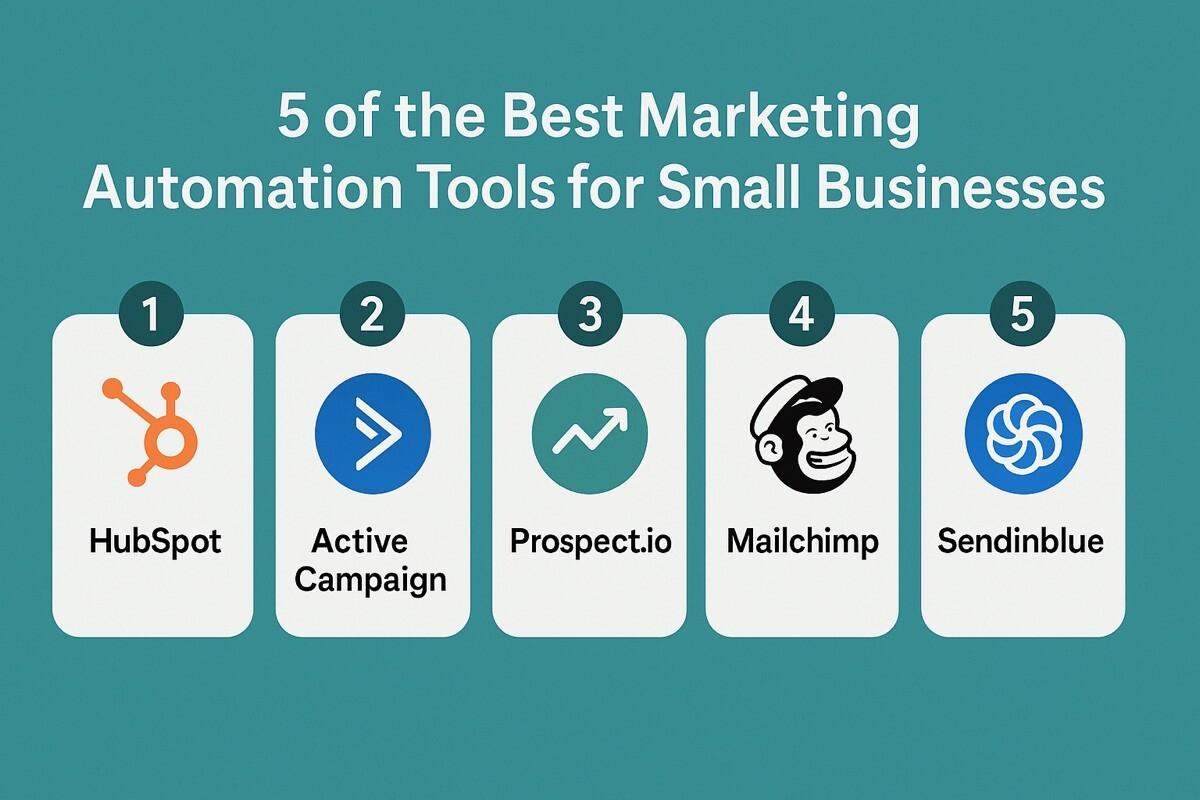Looking to elevate your startup’s online presence? Check out these 7 inspiring website examples! Each offers a powerful design tip to help you stand out. Trust us, a few tweaks can transform your site into a magnet for customers! Dive in!
7 Startup Website Examples and The #1 Design Tip From Each
Introduction
When it comes to launching a startup, your website often serves as the first impression for potential customers, investors, and partners. It’s not just a digital business card; it’s your online storefront, and it needs to shine! But with countless design trends flooding the internet, how do you ensure that your site not only stands out but also effectively communicates your brand’s message?
In this article, we’ll explore seven standout startup websites that have nailed their design game. We’ll dive into what makes each one special and, most importantly, share the #1 design tip you can take away from each of these success stories. Whether you’re in the early stages of your business or looking to give your existing site a refresh, these insights will help you create a website that not only attracts visitors but converts them into loyal customers. So, let’s get inspired and elevate your online presence together!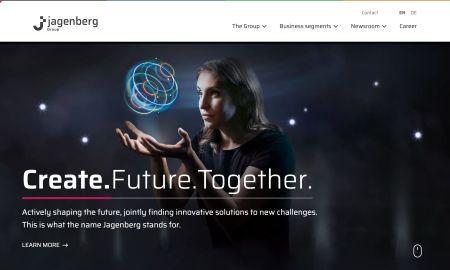
Discovering Innovative Designs That Captivate Users
In the crowded digital space, standing out is not just an option; it’s a necessity. Innovative designs breathe life into websites, transforming mundane browsing into captivating experiences that keep users coming back for more. Each startup has its unique flair, and their websites reflect this individuality through thoughtful and strategic design choices.
Let’s dive into seven exemplary startups that showcase how creative web design can engage users effectively. These sites not only look stunning but also offer valuable lessons in design that can be applied across various industries.
- Startup A: Their use of vibrant colors and dynamic scrolling effects creates an immersive experience. Design Tip: Incorporate animations to guide users naturally through your content.
- Startup B: Minimalism is king here, with a clean layout that emphasizes their message without distraction. Design Tip: Less is more; focus on essential elements to enhance user clarity.
- Startup C: This site employs bold typography that grabs attention and reinforces branding. Design Tip: Invest in unique fonts that reflect your brand’s personality.
- Startup D: Interactive elements such as quizzes and polls keep users engaged and encourage participation. Design Tip: Integrate interactive features to create a more personalized experience.
- Startup E: Layered visuals and strategic use of white space draw the eye and create an effortless flow. Design Tip: Use white space to your advantage; it can elevate your design.
- Startup F: An unconventional layout breaks the mold and surprises users, making the site memorable. Design Tip: Don’t be afraid to experiment with layouts that challenge the norm.
- Startup G: Their mobile-first design ensures a seamless experience across devices, recognizing user behavior trends. Design Tip: Prioritize mobile responsiveness for a better user experience.
As we can see from these examples, capturing user attention requires a blend of creativity, strategy, and a keen understanding of audience needs. Whether it’s through engaging animations or a minimalist approach, the key is to create an experience that resonates with users. Take these insights and start reshaping your own web presence!
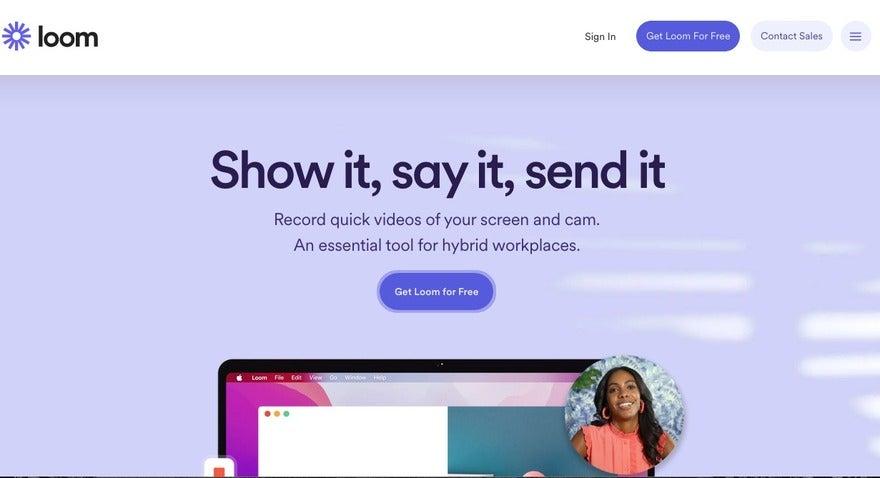
Unpacking the Elements of Effective Startup Websites
Creating an effective startup website involves a careful balance of aesthetics, functionality, and user experience. Each element should work harmoniously to communicate your brand message and engage visitors effectively. Here are key components to consider:
- Clear Value Proposition: Visitors should immediately understand what your startup offers. A concise and compelling value proposition should be prominently displayed on the homepage, ideally above the fold.
- Intuitive Navigation: A straightforward navigation menu helps users find information quickly. Consider using a simple, horizontal menu that categorizes your content logically.
- Engaging Visuals: High-quality images, videos, or illustrations can convey your brand’s personality and keep users engaged. Optimize these elements to ensure quick loading times.
Incorporating customer testimonials can significantly enhance credibility. Displaying real feedback from satisfied users builds trust and encourages new visitors to explore your offerings. You might also consider featuring case studies that highlight successful outcomes achieved with your product or service.
| Element | Importance |
|---|---|
| Mobile Responsiveness | Essential for user experience on various devices. |
| Call-to-Action (CTA) | Guides users towards desired actions like signing up or purchasing. |
| Loading Speed | Crucial for retaining visitors and improving SEO. |
| SEO Optimization | Increases visibility on search engines, driving organic traffic. |
Don’t underestimate the power of storytelling. Sharing your startup’s journey can create a deeper connection with your audience. Use a dedicated “About Us” section that narrates your mission, vision, and the problem you’re solving, making your brand more relatable.
- Consistency in Branding: Ensure your website reflects your brand’s color palette, typography, and tone of voice. This consistency reinforces your identity and can make your brand more memorable.
- Analytics: Implementing tools like Google Analytics can provide valuable insights into user behavior, allowing you to refine your website over time based on real data.
In essence, an effective startup website is more than just a digital brochure; it’s a dynamic platform designed to attract, inform, and convert visitors into loyal customers. By focusing on these critical elements, you can create a compelling online presence that elevates your startup in a competitive landscape.

Exploring User-Friendly Navigation Strategies
When it comes to creating a website that invites users to explore, intuitive navigation is key. A seamless experience helps visitors find what they’re looking for without frustration, ultimately leading to conversions. Here’s how some successful startups approach user-friendly navigation:
- Simple Menu Structures: Startups like Example One focus on keeping their main menu uncomplicated. By limiting the number of items in the top navigation bar, they ensure users can easily identify key sections without feeling overwhelmed.
- Search Functionality: Example Two integrates a prominent search bar, empowering users to find specific information quickly. This feature is particularly beneficial for sites with a lot of content.
- Visual Hierarchy: Example Three utilizes visual cues to guide users through the site. By adjusting font size, weight, and color, they create a clear pathway for users to follow.
In addition to these strategies, utilizing a clear call-to-action on every page can significantly enhance navigation. Startups such as Example Four effectively place CTAs in well-defined spots, making it easy for users to know what steps to take next.
Another effective tactic is implementing breadcrumb navigation, which Example Five does brilliantly. This feature allows users to see their current location within the site structure, making it easier to backtrack or explore related categories without losing their way.
| Startup Example | Navigation Feature |
|---|---|
| Example One | Simple Menu |
| Example Two | Search Functionality |
| Example Three | Visual Hierarchy |
| Example Four | Clear CTAs |
| Example Five | Breadcrumb Navigation |
Lastly, consider the importance of mobile responsiveness. Startups like Example Six highlight this by ensuring their navigation adapts seamlessly across all devices. A mobile-friendly design makes it easy for users to navigate, whether they’re on a tablet or smartphone.
Incorporating these user-friendly navigation strategies can make a significant difference in your website’s performance. By learning from successful startups and adapting their best practices, you can create a site that not only engages visitors but also drives them toward taking action.
The Power of Visual Storytelling in Startup Branding
Visual storytelling is an essential element for startups looking to carve out their brand identity. A well-designed website serves as more than just a digital brochure; it creates a narrative that resonates with visitors. When a startup effectively uses visual content, it captures attention and communicates its values and mission clearly.
For instance, consider the integration of compelling imagery that reflects the ethos of the brand. High-quality images and graphics can evoke emotions and establish a connection with potential customers. Here are a few key aspects to focus on:
- Consistent Visual Identity: Ensure that colors, fonts, and imagery align with your brand’s personality.
- Engaging Infographics: Use graphics to simplify complex information, making it digestible and shareable.
- Story-Driven Videos: Incorporate short, impactful videos that narrate your brand’s story, showcasing your products or services in action.
Additionally, the layout of your website plays a crucial role in guiding the visitor’s journey. A seamless user experience helps in telling your story without distractions. Consider employing a grid system or a card layout that leads users through your narrative effectively.
| Element | Impact on Branding |
|---|---|
| Color Palette | Evokes emotions, creates a memorable identity. |
| Typography | Conveys professionalism and style. |
| Imagery | Tells your story visually, enhances relatability. |
| Layout | Guides user experience, emphasizes key messages. |
Moreover, authenticity in your visuals can significantly enhance trust. Use real images of your team, office, or customers whenever possible to humanize your brand. This approach fosters a sense of community and belonging, making your audience more likely to engage and convert.
embracing the power of visual storytelling can set your startup apart in a crowded marketplace. By focusing on creating a cohesive and engaging narrative through design, you not only enhance your branding but also build lasting relationships with your audience.
How Color Schemes Can Influence User Behavior
When it comes to web design, color schemes play a vital role in shaping user interaction and influencing behavior. The hues, shades, and contrasts you choose can evoke emotions, create a sense of urgency, or build trust. Let’s dive into how different colors can create specific responses and the implications for your startup’s website.
Understanding color psychology is essential. Here are some common colors and the feelings they often evoke:
- Blue: Calming and trustworthy, often used by financial institutions.
- Red: Bold and attention-grabbing, perfect for calls to action.
- Green: Associated with growth and health, great for eco-friendly brands.
- Yellow: Cheerful and optimistic, can stimulate feelings of happiness.
- Purple: Often linked to creativity and luxury, appealing to high-end products.
Beyond the emotional response, color combinations can significantly impact usability and readability. High contrast between background and text colors enhances legibility, guiding users through your site effortlessly. For example:
| Color Pair | Effect |
|---|---|
| White Text on Dark Blue | Creates a modern, professional look. |
| Black Text on Yellow | High visibility, great for calls to action. |
| Pastel Colors | Soft and inviting, ideal for wellness brands. |
Also, consider the context of your design. A vibrant color scheme might attract younger audiences, while a muted palette could appeal to a more mature demographic. Tailoring your color choices to your target audience can enhance engagement and boost conversion rates. This is why testing different schemes is crucial—what works for one startup might not be effective for another.
remember that consistency in color usage across your site strengthens brand identity. Use your primary color for key elements like buttons and headings, while secondary colors can support the design by providing balance and contrast. By establishing a clear visual hierarchy through color, you guide users in their journey, making it easier for them to navigate your site and take the desired actions.
Crafting Compelling Calls to Action That Convert
When it comes to driving conversions on your startup website, crafting an effective call to action (CTA) is essential. A well-designed CTA can inspire your visitors to take that crucial next step, whether it’s signing up for a newsletter, downloading a resource, or making a purchase. Here are some strategies to enhance your CTAs:
- Use Action-Oriented Language: Phrases like “Get Started,” “Join Now,” or “Grab Your Free Trial” create a sense of urgency and action. Ensure your wording encourages immediate response.
- Be Clear and Specific: Avoid vague phrases. Instead of “Click Here,” opt for “Download Your Free E-book.” Being specific helps users understand exactly what they’ll receive.
- Design for Visibility: A compelling CTA must stand out. Use contrasting colors and sufficient whitespace to draw attention, ensuring it’s easily found on the page.
- Position Strategically: Place your CTAs where they’re most likely to be seen, such as above the fold, at the end of content, or as part of a pop-up. Testing different placements can provide insights into what works best for your audience.
Additionally, consider incorporating some psychological triggers into your CTAs:
- Scarcity: Phrases like “Limited Time Offer” or “Only 5 Spots Left” can motivate users to act quickly.
- Social Proof: Adding testimonials or user counts near your CTA can reassure visitors that others have found value in what you’re offering.
- Personalization: Tailor your CTAs based on user behavior or demographics. A personalized approach can significantly enhance engagement and conversion rates.
| CTA Element | Best Practices |
|---|---|
| Wording | Action-oriented and clear |
| Color | High contrast with the background |
| Placement | Above the fold or end of content |
| Urgency | Incorporate scarcity and limited time offers |
Lastly, always test and analyze your CTAs. Use A/B testing to see which variations perform best. Monitor metrics such as click-through rates and conversion rates to refine your approach continuously. The right CTA can make all the difference in turning casual visitors into loyal customers.

Showcasing Real-Life Examples of Design Success
Let’s dive into some standout startup websites, each a testament to the power of thoughtful design. These sites not only capture attention but also effectively communicate their brand’s message. Here’s what we can learn from them:
1. Startup Name 1
With a sleek layout and vibrant color palette, Startup Name 1 highlights its products compellingly. The use of high-quality images and minimal text allows users to focus on what truly matters. Their #1 design tip? Emphasize visual storytelling.
2. Startup Name 2
Startup Name 2 adopts a clean, modern aesthetic, ensuring easy navigation. They cleverly use white space to draw attention to key CTAs. The takeaway here? Make navigation intuitive to enhance user experience.
3. Startup Name 3
This startup shines through its unique use of typography. Bold fonts paired with a cohesive color scheme create a distinctive brand identity. Here’s their #1 design tip: Choose fonts that reflect your brand’s personality.
4. Startup Name 4
Startup Name 4 captivates visitors with dynamic animations and transitions. The subtle motion enhances engagement without being overwhelming. Their advice? Incorporate animations to guide users’ attention.
5. Startup Name 5
With a focus on user-generated content, Startup Name 5 builds community trust. Featuring testimonials prominently, they create social proof effortlessly. Remember: Leverage user feedback to build credibility.
6. Startup Name 6
Visually stunning and content-rich, Startup Name 6 uses infographics to convey complex information simply. This approach enhances user understanding and retention. Their design mantra? Simplify data presentation with visuals.
7. Startup Name 7
Startup Name 7 excels in mobile responsiveness. Their website adapts seamlessly across devices, ensuring a consistent user experience. The lesson here is clear: Prioritize mobile design to reach a broader audience.
Summary Table of Design Tips
| Startup | Design Tip |
|---|---|
| Startup Name 1 | Emphasize visual storytelling |
| Startup Name 2 | Make navigation intuitive |
| Startup Name 3 | Choose fonts that reflect your brand’s personality |
| Startup Name 4 | Incorporate animations to guide users’ attention |
| Startup Name 5 | Leverage user feedback to build credibility |
| Startup Name 6 | Simplify data presentation with visuals |
| Startup Name 7 | Prioritize mobile design to reach a broader audience |
Each of these startups demonstrates how intentional design choices can lead to a more compelling user experience. By incorporating these tips, you can elevate your own website and connect more effectively with your audience.
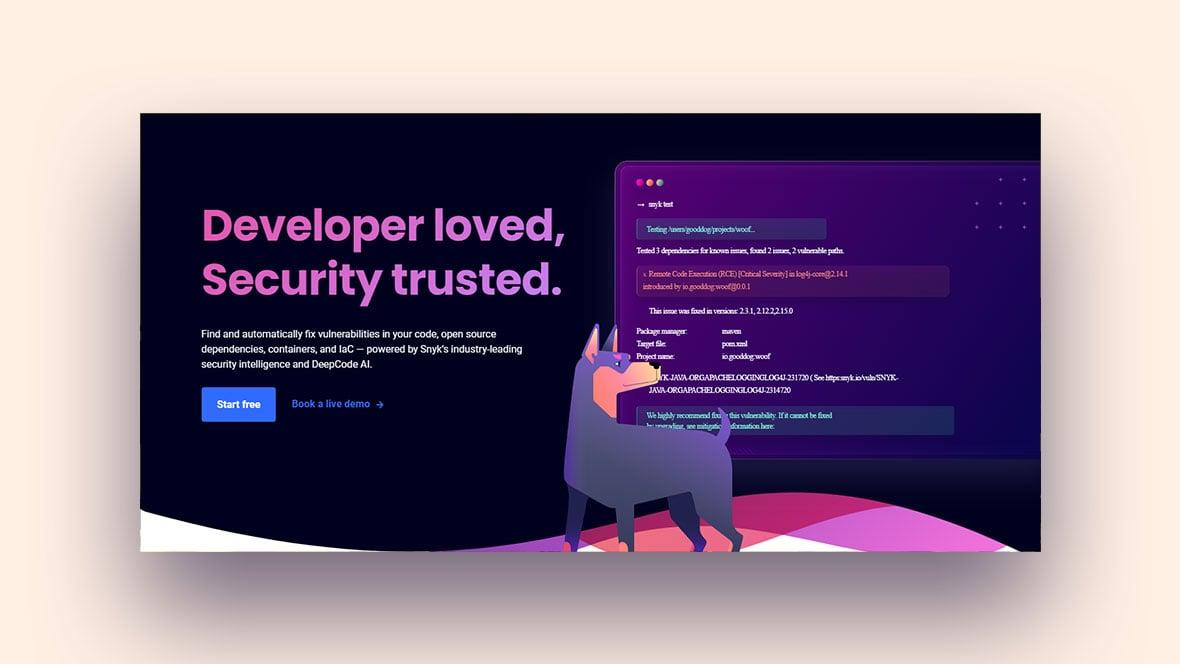
Key Takeaways for Your Own Startup Website
When it comes to building an effective startup website, there are several key elements that can significantly enhance user experience and drive conversions. Here are some essential insights to keep in mind:
- Clarity is King: Ensure your messaging is clear and concise. Visitors should immediately understand what your startup does and how it benefits them.
- Visual Appeal: Invest in high-quality visuals that resonate with your brand. Aesthetically pleasing designs grab attention and create a lasting impression.
- Mobile Optimization: With more users accessing websites via mobile devices, prioritize responsive design. Your site should look and function flawlessly on both desktops and smartphones.
- Call-to-Action (CTA): Use compelling CTAs that guide users through their journey. Make it easy for them to take the next step, whether it’s signing up, contacting you, or making a purchase.
- Social Proof: Incorporate testimonials, reviews, or case studies. Demonstrating credibility through customer feedback can significantly influence potential clients.
- Fast Load Times: Optimize your website for speed. A slow-loading site can frustrate users and lead to high bounce rates. Aim for lightning-fast performance.
To help you visualize these takeaways, consider the following table that outlines design elements that can enhance your startup website:
| Design Element | Impact | Tip |
|---|---|---|
| Typography | Improves readability | Choose fonts that reflect your brand’s personality. |
| Color Scheme | Evokes emotions | Select colors that align with your brand values. |
| Navigation | Enhances user experience | Make navigation intuitive for easy access to information. |
| Whitespace | Reduces clutter | Use whitespace to highlight key elements and improve focus. |
Ultimately, your startup website should serve as a dynamic platform for engaging your audience. By implementing these strategies, you’ll not only enhance your site’s design but also foster a deeper connection with your visitors. Remember, a well-designed website is more than just aesthetics; it’s a powerful tool for growth and success.
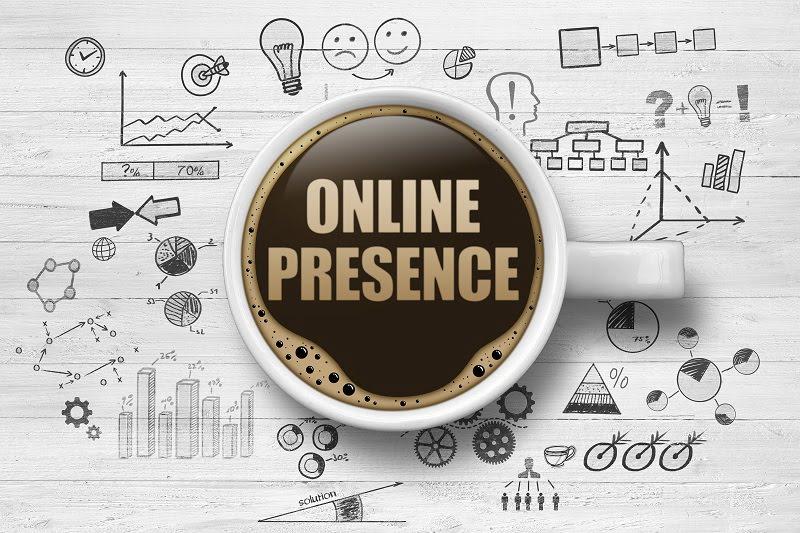
Transform Your Online Presence with Simple Design Tweaks
In the fast-paced digital world, capturing attention is crucial, and sometimes all it takes are a few design adjustments to make a significant impact. By examining standout startup websites, we can uncover simple yet effective design strategies that can elevate your own online presence.
Consider the importance of color schemes. A cohesive palette not only enhances visual appeal but also communicates your brand identity. For instance, some startups utilize vibrant colors to evoke energy, while others keep it minimalistic to convey professionalism. Experimenting with shades and contrasts can result in a website that feels both inviting and engaging.
Another pivotal aspect is typography. The right font can make or break your website’s readability. Startups that focus on clear, legible typefaces often see lower bounce rates. Investing in a unique yet readable font can give your brand a distinctive voice, allowing visitors to connect with your message effortlessly.
Don’t underestimate the power of white space. It’s a design element that can significantly enhance user experience by preventing clutter. When implemented effectively, white space draws attention to key content and calls-to-action, making it easier for users to navigate your site and absorb information.
Additionally, consider optimizing your call-to-action buttons. These small elements are crucial for guiding users toward desired actions, such as signing up or making a purchase. Startups that use bold colors and concise, action-oriented text on their buttons often see higher conversion rates. Remember, the easier you make it for potential customers to engage, the better your results will be.
| Startup Name | Design Tip |
|---|---|
| Brand A | Use a cohesive color palette |
| Brand B | Focus on typography for readability |
| Brand C | Implement ample white space |
| Brand D | Optimize call-to-action buttons |
Lastly, don’t forget about mobile optimization. With the increasing number of users accessing websites from mobile devices, ensuring your site is responsive is essential. Startups that prioritize mobile-friendly designs not only cater to their audience but also improve their search engine rankings, ultimately expanding their reach.
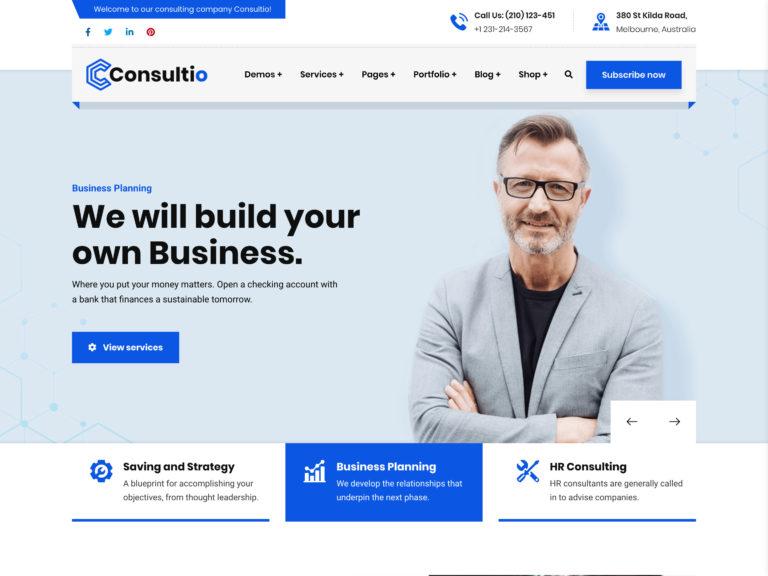
Final Thoughts on Elevating Your Startups Web Appeal
When it comes to boosting your startup’s web presence, every detail counts. A visually appealing website is more than just aesthetics; it’s a critical touchpoint for potential customers. Here are a few key takeaways to keep in mind as you elevate your startup’s web appeal:
- User Experience Is Paramount: Prioritize intuitive navigation and fast loading times. A seamless experience encourages visitors to explore your offerings rather than bouncing off your site.
- Consistent Branding: Ensure your imagery, colors, and typography are consistent across every page. This builds recognition and trust among your audience.
- Mobile Responsiveness: With many users browsing on mobile devices, your site must display beautifully on all screen sizes. Optimize for touch and ensure quick accessibility.
- Engaging Content: Use compelling visuals and concise copy that speaks directly to your target audience. Storytelling can create an emotional connection, making your brand memorable.
Moreover, incorporating elements such as high-quality images and engaging videos can significantly enhance user engagement. Animated features and interactive content can also keep users on your site longer, increasing the likelihood of conversion.
As a final note, consider conducting regular audits of your website’s performance and user behavior. Tools like Google Analytics can provide insights into how visitors interact with your site, allowing you to make informed adjustments that align with user expectations.
Remember, the goal is to create a digital space that not only attracts visitors but also fosters a lasting relationship with them. By applying these design tips from successful startups, you can ensure that your website not only looks great but also serves as a powerful tool for growth.
Frequently Asked Questions (FAQ)
Q: Why should I care about startup website design?
A: You know what they say: first impressions matter! In the digital age, your website is often the first point of contact for potential customers or investors. A well-designed site can convey professionalism, build trust, and draw people in. Plus, it can significantly impact your conversion rates. So, if you want your startup to stand out, paying attention to your website design is essential!
Q: What kind of startups are featured in this article?
A: We’ve handpicked a diverse selection of seven startups that showcase innovative website designs. From tech and e-commerce to health and wellness, these examples span various industries. Each one has a unique approach that not only reflects their brand identity but also enhances user experience. You’ll definitely find inspiration here, no matter your niche!
Q: What’s the main focus of the design tips?
A: Each startup example comes with a standout design tip that reflects their unique approach and success. These tips are practical and actionable, so you can implement them on your own website. Whether it’s about color choice, layout, or user navigation, these insights are aimed at helping you create a more engaging and effective website.
Q: Can you give me a sneak peek of one of the startups?
A: Absolutely! Let’s take a look at a food delivery startup, for instance. Their website brilliantly uses vibrant colors and appetizing imagery to draw users in. The #1 design tip from them? Utilize high-quality visuals that evoke emotion. This not only enhances the overall aesthetic but also makes visitors hungry for your product—literally!
Q: Will these design tips work for any startup?
A: Yes! While each design tip is inspired by the unique needs of the featured startups, the principles behind them can be applied across various sectors. Whether you run a tech firm or a local bakery, understanding your audience and focusing on user experience is universally beneficial. These tips can help any startup elevate their online presence.
Q: What’s the most important takeaway from the article?
A: The key takeaway is that effective website design goes beyond just looking good; it encompasses clarity, usability, and emotional connection. By implementing even one or two of the tips shared in this article, you can significantly enhance your startup’s website. Remember, a well-designed website is an investment in your brand’s future!
Q: How can I implement these tips without breaking the bank?
A: Great question! You don’t need a massive budget to achieve an appealing website. Start with the basics—choose a user-friendly website builder, use free or affordable design tools, and focus on clean, simple layouts. Many of the tips are about strategy and creativity rather than cost, so you can definitely make it work on a budget!
Q: How can I learn more about website design in general?
A: There are tons of resources out there, from online courses to blogs and design forums. Websites like Coursera, Udemy, and even platforms like Medium offer rich content to deepen your understanding of web design. Additionally, following design influencers on social media can provide regular doses of inspiration and practical advice.
Q: What’s the next step for me after reading the article?
A: Start evaluating your own website! Take a look at the examples and tips we provide, and identify areas for improvement. Whether it’s a complete redesign or just a few tweaks, taking action is what will set you apart. Remember, the sooner you invest in your website, the sooner you can reap the rewards!
Q: Where can I find the article?
A: You can find the article “7 Startup Website Examples and The #1 Design Tip From Each” right here on our website. Get ready to be inspired and take your startup’s online presence to the next level!
To Wrap It Up
As we wrap up our exploration of these seven standout startup websites, it’s clear that great design can make all the difference in establishing a strong online presence. Each of these examples not only showcases innovative aesthetics but also embodies a crucial design tip that can elevate your own site to new heights.
Remember, your website is often the first impression potential customers have of your brand. By incorporating these insights into your design strategy, you can create an engaging, user-friendly experience that resonates with your audience.
So, what are you waiting for? Take inspiration from these successful startups, apply those design tips, and watch your own website flourish. Whether you’re building from scratch or revamping an existing site, the right design choices can set you apart in today’s competitive landscape.
Now, go out there and give your website the attention it deserves! Happy designing!



